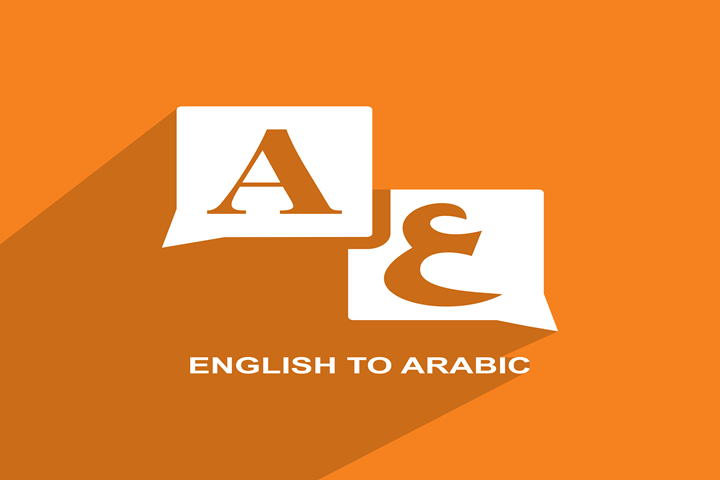Welcome to the intricate world of language where words take on new life across cultures! Interpreting Arabic is a highly skilled art, demanding not just fluency but a deep understanding of nuanced cultural contexts. If you’ve ever grappled with the significant differences between Arabic and English, you’ll appreciate the challenges and rewards of Arabic interpreting. This article will delve into what makes Arabic vs English such a fascinating linguistic pair and illuminate the complexities that professional interpreters skillfully navigate every day.
The Dynamic Challenge of Interpreting Arabic
At its core, interpreting Arabic involves more than just converting words from one language to another. It’s about accurately conveying meaning, tone, and cultural intent, which can be particularly challenging due to the inherent structural and cultural disparities between Arabic and English.
Arabic vs English: Key Differences Affecting Interpretation
The linguistic and cultural disparities between Arabic vs English create unique hurdles and fascinating opportunities for interpretation.
Diglossia: Formal vs. Colloquial Arabic
- Arabic: Arabic is a diglossic language. This means there’s a significant difference between Modern Standard Arabic (MSA – الفصحى – al-Fuṣḥā), used in formal settings, media, and literature, and the numerous regional spoken dialects (العامية – al-ʿĀmmiyyah), used in everyday conversation.
- English: English generally has a single, universally understood spoken form, though accents vary.
- Impact on Interpreting: An interpreter working with Arabic must be proficient in both MSA and often several major dialects. They need to seamlessly switch between the formal MSA of a speech or document and the colloquialisms of a spontaneous conversation, understanding which dialect is being used by the speaker.
Grammatical and Syntactical Structures
- Word Order: While English typically follows Subject-Verb-Object (SVO) word order, Arabic commonly uses Verb-Subject-Object (VSO) in verbal sentences, although SVO can also occur. This fundamental difference requires quick restructuring.
- Case Endings (الإعراب – Al-ʾIʿrāb): Modern Standard Arabic utilizes a system of vowel endings (case endings) on nouns and adjectives to indicate their grammatical function (e.g., nominative, accusative, genitive). These are usually not pronounced in spoken dialects but are vital in formal contexts.
- Gender and Number Agreement: Arabic has more extensive gender and number agreement rules (for verbs, adjectives, and pronouns) than English, which require careful attention during interpretation.
- Root System: Arabic words are often built from three-letter roots, with meaning derived from specific patterns. Understanding this morphology is crucial for comprehending vocabulary.
- Pronouns: Arabic has separate singular, dual, and plural pronouns, and distinct second-person pronouns for masculine and feminine.
Vocabulary and Semantics: Words with Deeper Meanings
- Semantic Richness: Arabic is incredibly rich in vocabulary, often having multiple words for concepts that English might express with one. For instance, there are many Arabic words for love, each conveying a different nuance of affection.
- Cultural Context in Words: Many Arabic words carry deep cultural or religious connotations that don’t have direct equivalents in English. Interpreters must bridge this cultural gap.
- Example: Terms related to hospitality, family, or religious blessings.
- Figurative Language: Arabic frequently uses proverbs, idioms, and highly poetic expressions. Direct translation often loses the intended meaning or impact.
Pronunciation and Phonetics: Sounds Unique to Arabic
- Unique Sounds: Arabic contains several sounds (e.g., guttural letters like ح, ع, غ, and emphatic consonants like ص, ض, ط, ظ) that do not have direct equivalents in English. This requires interpreters to have precise phonetic control.
- Vowel Markings (Harakat): As an abjad, written Arabic often omits short vowel markings (harakat) in common texts. Interpreters must rely on their grammatical knowledge and context to correctly interpret words without them.
Cultural and Pragmatic Differences
- Politeness and Indirectness: Communication styles can differ. Arabic culture often values indirectness and politeness, especially in formal settings or when declining requests. A direct English translation might sound abrupt or rude.
- Religious References: Religious greetings (e.g., “Assalamu Alaykum”) and invocations (e.g., “Inshallah”) are common in daily speech and require cultural understanding to interpret appropriately.
- Power Distance: The way individuals address superiors, elders, or those in authority can be very different in Arabic
The Art of Arabic Interpreting
Given these complexities, Arabic interpreting is a highly specialized field. Professional interpreters are not just bilingual; they are bicultural experts who can:
- Switch Dialects: Seamlessly navigate between MSA and various regional dialects.
- Bridge Cultural Gaps: Convey not just words but also cultural nuances, tone, and implicit meanings.
- Handle High Stakes: Work in critical fields like diplomacy, legal proceedings, healthcare, and business.
Effective interpreting Arabic demands constant learning, cultural sensitivity, and an exceptional command of both languages.
Ready to embark on your journey into the Arabic language and culture, understanding the very nuances that challenge even interpreters? Visit www.kaleela.com and download the Kaleela Arabic learning app today! Our comprehensive lessons are designed to help non-native speakers master Arabic, from its foundational grammar to its rich cultural context, helping you bridge the Arabic vs English linguistic gap.



